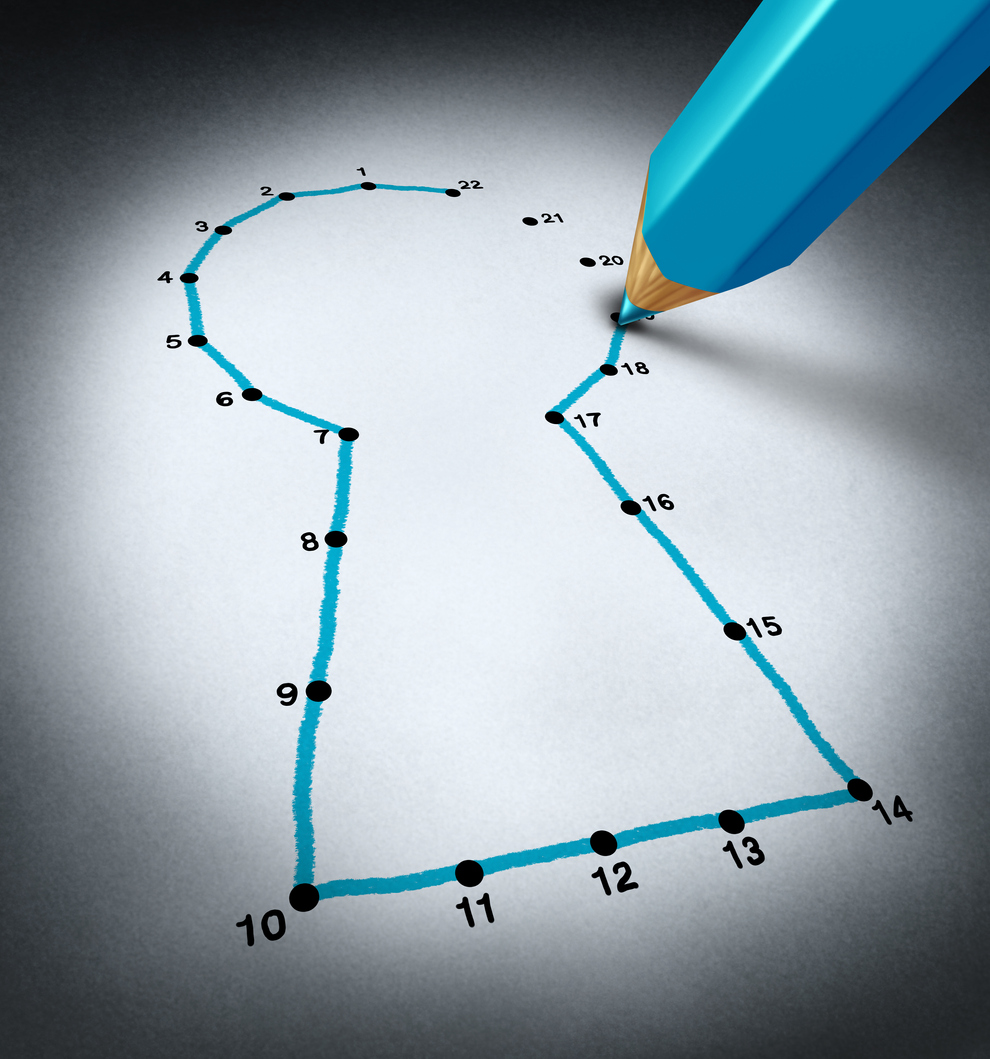In our last series of blogs, I looked at how creativity has been characterised as a four stage process, as proposed by the British Psychologist Graham Wallas: Preparation, Incubation, Illumination, Verification Read more here.
Plus, how creativity needs to be seen as a social process which can work in groups when attention is paid to Amy Climer’s three central factors:
- Sense of Purpose: This is where the focus comes from. Defined but not too narrow.
- Team Dynamics: Psychological safety vs team abrasion
- Process: How are we proposing to work? The methodology
In this blog, I take a closer look at the idea of creativity being seen as a process of ‘joining-the-dots’ and how this idea links to what we know about both individual and group creativity. And how you can use this understanding to bring creativity into your world.
You may be familiar with creativity being described as a process of ‘joining-the-dots’. Amanda Palmer, the American Musician, sums this up perfectly through a quote taken from her memoir: The Art of Asking: How I Learned to Stop Worrying and Let People Help.

“Collecting the dots. Then, connecting them. And then sharing the connections with those around you. This is how a creative human works. Collecting, connecting, sharing.”
This may be an experience that resonates with the creative experiences of other people. It is noticeable how this quote bears a striking resemblance to The Four Stages of Creativity (Preparation, Incubation, Illumination, Verification). Collect the existing dots, connect the dots (creating something new) and share.
‘Joining-the-dots’ from Disneyland to Motown Records to Harry Potter
Take Disneyland: Walt Disney himself described the moment when the idea for Disneyland was formed when his daughters were very young, and Walt would take them to the Merry-Go-Round in Griffith Park, Los Angeles. Walt would sit on the park bench eating peanuts while they rode. In this moment, sitting alone, Walt Disney began to imagine building something where parents and children can have fun together. Walt coined these moments as ‘imagineering’. Where imagination and engineering combine to create the Disney experience. Walt Disney ‘imagineered’ (joined-the-dots’) Disneyland into existence.
Think about the founder of Motown Records, Berry Gordy, who went on to form one of the most recognisable and influential brands in popular music. Transcending racial barriers at the time. Historians have debated the secret behind Motown’s meteorite rise and long-standing success. But most would agree Berry Gordy was able to (‘join the dots’) by combining his experience of being both a musician and also a Ford production line worker to create the distinctive Motown sound and turn his record label and musical know-how into a star-making formula, controlling the product from beginning to end.
What about J.K Rowling, the celebrated author of the famous Harry Potter book series? J. K Rowling has previously recalled the moment Harry Potter began forming in her mind; her ‘joining-the-dots’ moment came whilst she was delayed travelling on a train from Manchester to London King’s Cross. Even though J.K Rowling had been writing stories since she was a child and was also an avid reader of books, drawing on British folklore and mythology, fantasy and classic literature.
Take a look at the following TED Talk by Bill Stainton, the 29-time Emmy Award winner, author and keynote speaker, talking about what he has learnt about creativity and how the key to this is related to the connections we make and the mindset we adopt.
Bill Stainton likens the creative process of ‘joining the dots’ and applies it specifically to our social connections. Bill Stainton makes the case for creativity being about taking two or more different things that don’t usually go together and finding a surprising connection. Connecting the dots. The dots represent anything: ideas, experiences, or people. Therefore, the more people you interact with, the more connections you can make. Therefore, the odds of one of those ideas being a breakthrough connection increase dramatically.
Through the visuals of a variety of dots, Bill Stainton also advocates for the impact of diversity to increase the quality and quantity of your ideas. In Bill’s team, it took a ‘Science guy’ (in this case, Bill Nye) working amongst a team of writers and producers to create an innovative idea. Bill, being the differently coloured dot in this example, to the benefit of the show and an entire generation, was introduced to Science’s power and possibility.
In the spirit of connecting dots… notice how Bill Stainton’s points share a similarity with Amy Climer’s three factors. Within Bill Stainton’s team, creativity was understood as a collaborative, social process, and Bill Nye had to have felt ‘psychologically safe enough’ to throw out his idea of playing with liquid Nitrogen. Notice how when Bill Nye went on to get his own TV show, his clear sense of purpose was clear and written on the wall ‘Change The World’.
Bill Stainton goes on to talk about a lot about the process of creativity. Specifically, it is important to recognise the importance of ‘cracking your cocoon’. Requiring two things. Firstly, being a ‘dot collector’ of ideas, experiences, and people. The more different, the better. Secondly, being a ‘dot connector’.
Central to this is rather than looking at people as different, look at them as additional pieces to your puzzle. In this case, when you join the dots of Walt Disney, Berry Gordy, J.K Rowling, Bill Stainton and Bill Nye, their stories can help us demystify creativity. Their story is one of dot collecting, dot-connecting and sharing. Just like Amanda Palmer described. Dot collecting is the stage of preparation and incubation, dot-connecting is the stage of illumination, and dot sharing is the stage of verification.
About us:
We create the space for leaders to step back, think clearly, and navigate complexity with confidence. By sharpening the narrative that drives decisions, teams, and performance, we help leaders move forward with clarity and impact. Our approach blends deep listening, incisive challenge, and commercial focus—strengthening leadership at every level, from business transformation to boardroom decisions.
“We share resources that help coaches deepen their practice and expand their impact. The articles on this site are designed to spark fresh thinking, offer practical tools, and support the continuous growth of coaches at every stage. “
Jude Elliman
Founder
Our Core Approach:
We work with leaders to sharpen their thinking, strengthen their leadership, and navigate complexity with confidence. Our approach is built around three core areas:
Narrative Coaching – Working with the stories that shape leadership, teams, and organisations.
Commercial Focus – Cutting through complexity to drive clear, strategic decisions.
Challenge & Space – Asking the right questions while creating the space to reflect and grow.
Through this, we help leaders drive transformation, align teams, and make high-stakes decisions with clarity and impact.



